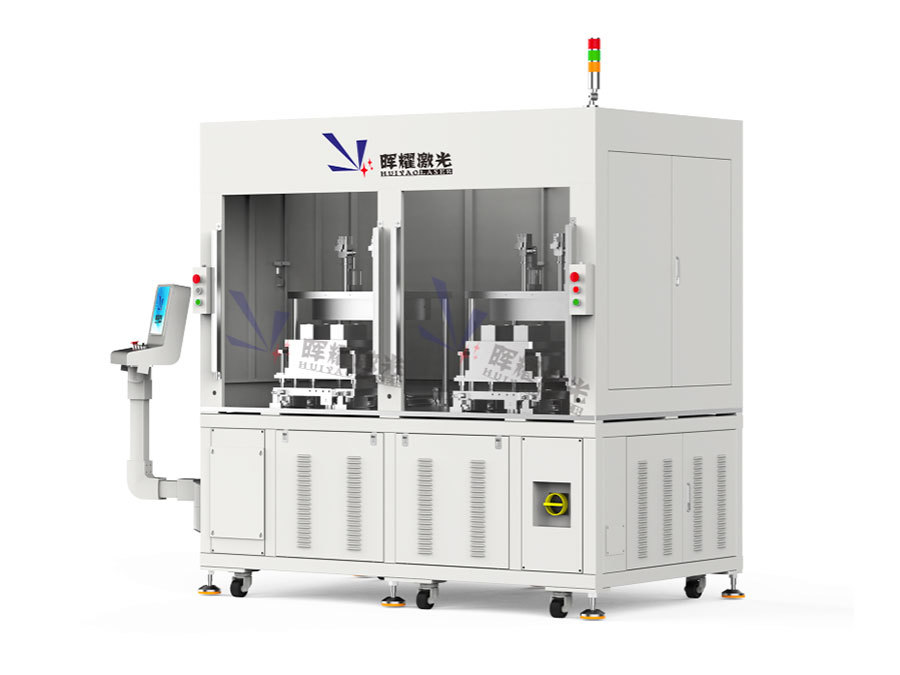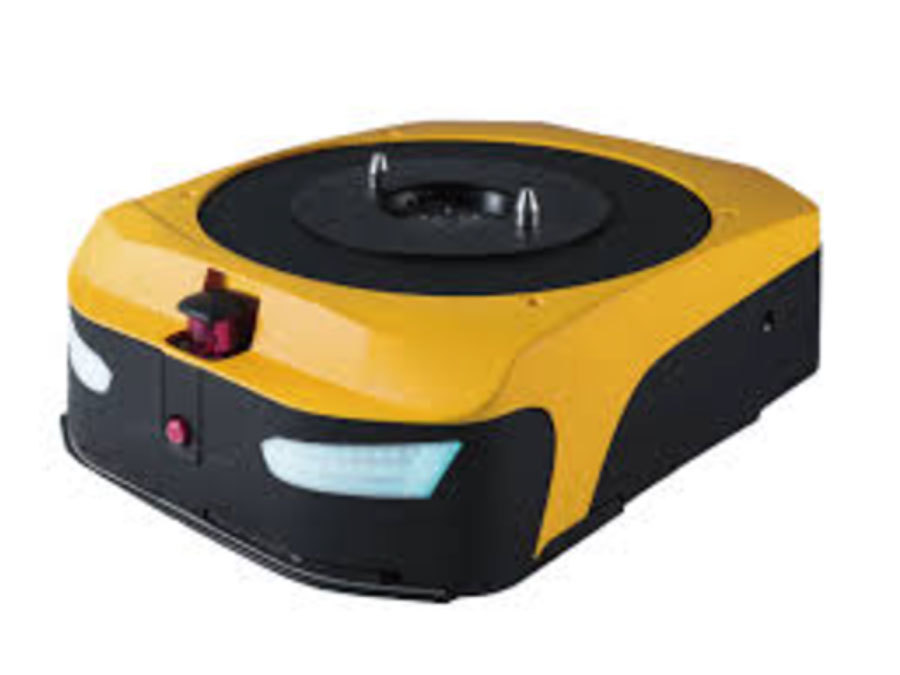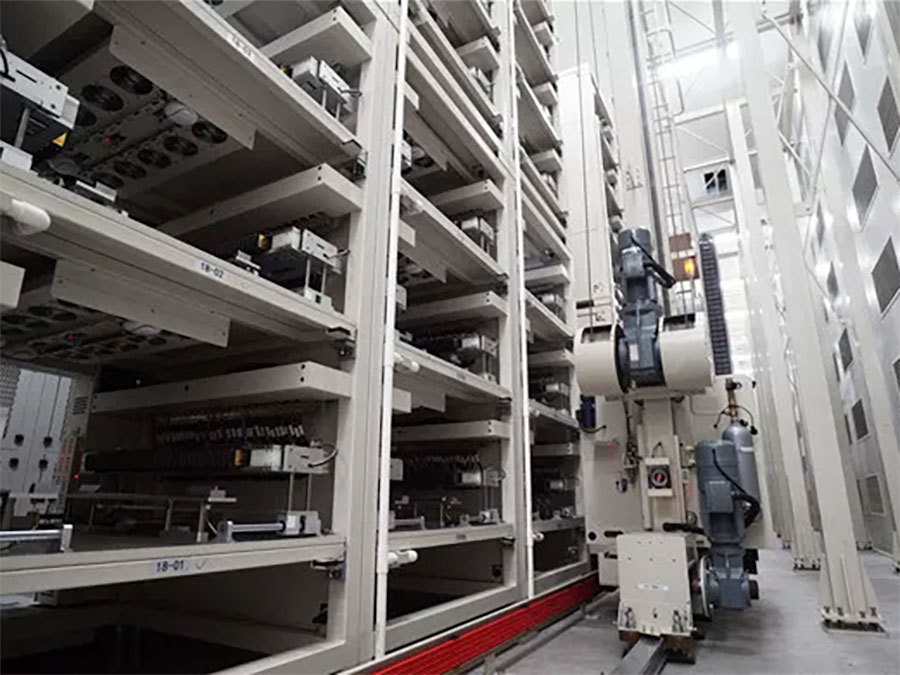Solution

ESS Battery Module PACK Performance Testing Cabinet
- Product description
-
- Commodity name: ESS Battery Module PACK Performance Testing Cabinet
- Commodity ID: 储能电池模组PACK性能测试柜
The ESS Battery Module PACK Performance Testing Cabinet is designed for high-precision electrical and thermal performance testing of energy storage system (ESS) battery modules and packs.
1. Equipment Overview
The ESS Battery Module PACK Performance Testing Cabinet is designed for high-precision electrical and thermal performance testing of energy storage system (ESS) battery modules and packs. It ensures comprehensive evaluation of voltage, current, capacity, and resistance, verifying compliance with stringent quality standards for ESS applications. This system is ideal for module/PACK manufacturers and operators to validate performance under real-world operating conditions.
2. Key Features
- Comprehensive Testing: Supports voltage, current, capacity, internal resistance, and thermal behavior analysis.
- High Flexibility: Compatible with various module and pack formats.
- Accurate and Reliable: Delivers precise measurements with repeatable results.
- Data Management: Integrated with MES/ERP systems for centralized data monitoring and traceability.
- Safety Assurance: Advanced protection features for safe testing of high-capacity batteries.
3. Technical Specifications
3.1 Module/PACK Compatibility
- Supported Formats:
- Prismatic, pouch, and cylindrical module/PACK configurations.
- Size Range:
- Minimum: 300 × 200 × 50 mm.
- Maximum: 1,500 × 1,000 × 300 mm.
- Weight Capacity: Up to 100 kg per module/PACK.
3.2 Electrical Testing Parameters
- Voltage Testing:
- Range: 0–1,000 V.
- Accuracy: ±0.05%.
- Current Testing:
- Range: 0–300 A (customizable).
- Accuracy: ±0.1%.
- Capacity Testing:
- Range: 0–500 Ah.
- Accuracy: ±0.1%.
- Internal Resistance Testing:
- Range: 0.01–50 mΩ.
- Accuracy: ±0.05 mΩ.
3.3 Testing Modes
- Charge/Discharge Profiles:
- Constant Current (CC).
- Constant Voltage (CV).
- Constant Power (CP).
- Dynamic load profiles.
- Cycle Testing: Configurable charge/discharge cycles.
- Temperature Stress Testing: Simulates real-world environmental conditions.
3.4 Thermal Monitoring and Control
- Temperature Range: 15–60°C (adjustable).
- Temperature Accuracy: ±1°C.
- Thermal Sensors: Independent temperature monitoring for each module/PACK.
- Optional Thermal Chamber: Supports high/low-temperature testing integration.
3.5 System Capacity
- Channels:
- Standard: 16–32 channels (expandable).
- Independent operation for each channel.
- Testing Throughput: Up to 50 modules or packs per cycle depending on configuration.
3.6 Data Management
- Real-Time Monitoring: Continuous tracking of key parameters such as voltage, current, resistance, and temperature.
- Data Logging: High-resolution recording for detailed analysis.
- Traceability: Full historical records with unique module/PACK identifiers.
- Reporting: Automated generation of performance test reports.
- Integration: MES/ERP-compatible for streamlined data analysis and decision-making.
3.7 Control System
- HMI: 10.1-inch touchscreen interface for intuitive operation.
- Control Platform: PLC-based system for stable and precise control.
- Customizable Recipes: Pre-programmed test profiles for different chemistries and applications.
3.8 Safety Features
- Overcurrent/Overvoltage Protection: Automatically stops testing in abnormal conditions.
- Thermal Alarm System: Alerts for overheating or temperature deviations.
- Emergency Shutdown: Accessible buttons for instant operation termination.
- Fire Suppression System: Optional built-in system for enhanced safety.
3.9 Mechanical Design
- Dimensions: 2,200 × 1,500 × 2,200 mm (customizable).
- Weight: Approximately 2,800 kg.
- Cooling System: Integrated forced-air cooling for stable operation.
- Cabinet Structure: Modular design for easy operation and maintenance
3.10 Power Requirements
- Input Voltage: AC 380V ±10%, 50/60 Hz, 3-phase.
- Power Consumption: ≤100 kW
3.11 Environmental Requirements
- Operating Temperature: 15–35°C.
- Humidity: ≤70% RH (non-condensing).
- Cleanliness: Dust-free environment recommended for optimal performance
4. Applications
- Energy Storage Systems (ESS): Performance validation for battery modules/PACKs used in large-scale energy storage.
- Renewable Energy Storage: Quality testing for solar and wind power integration.
- Grid Stabilization: Ensures reliable performance of ESS modules for grid applications.
5. Maintenance and Warranty
- Maintenance Schedule:
- Weekly: Visual inspection of connections and thermal systems.
- Monthly: Calibration of electrical and thermal sensors.
- Annually: Comprehensive diagnostics and firmware upgrades.
- Warranty:
- Standard: 1 year.
- Extended: Available upon request.
Key words:
ESS Battery Module PACK Performance Testing Cabinet
Series of Products
Battery Top Cap Welding Equipment
Precise welding of top caps onto battery cases, ensuring airtight sealing and electrical connectivity for prismatic and pouch batteries.
Battery Blue Film Wrapping Equipment
Blue protective insulation film is automatically wrapped around the battery cell to enhance electrical insulation and surface protection.
Automated Guided Vehicles (AGVs) are a crucial component in modern battery PACK factories for transferring materials, components, and finished goods efficiently and safely.
Automated Storage and Retrieval Systems (AS/RS) are an essential part of modern battery PACK factories.
Get a Free Quote
PLEASE LEAVE YOUR MESSAGE AND WE WILL CONTACT YOU AS SOON AS WE RECEIVE IT!
FAQ
Q
How do you ensure consistent weld quality in the assembly of Prismatic battery packs?
A
Q
What are the best practices for cell alignment and stacking in a Prismatic battery PACK assembly?
A
E-mail:
Telephone:
Copyright © Huiyao Laser Technology (Luoyang) Co., Ltd. Has supported ipv6





